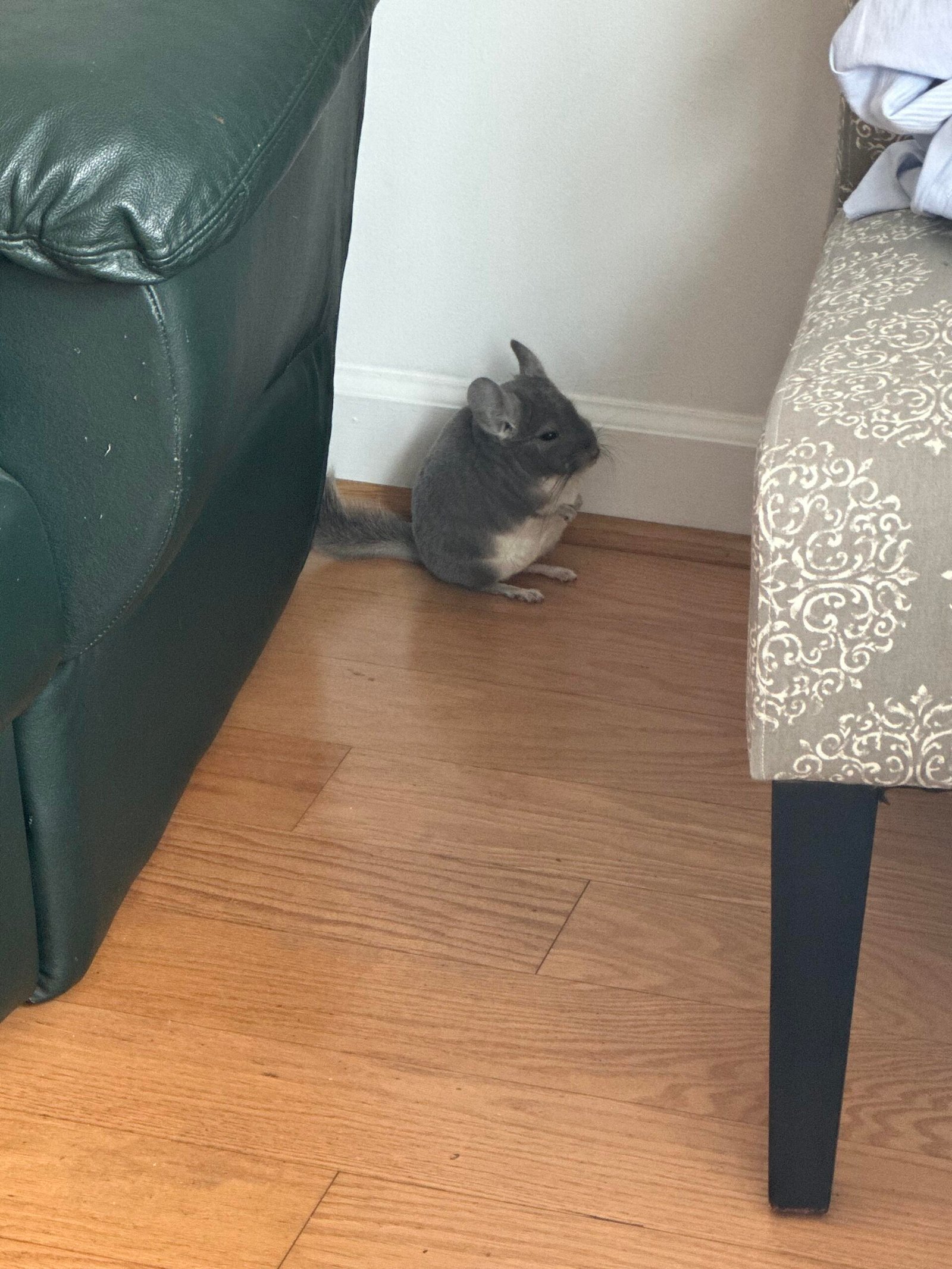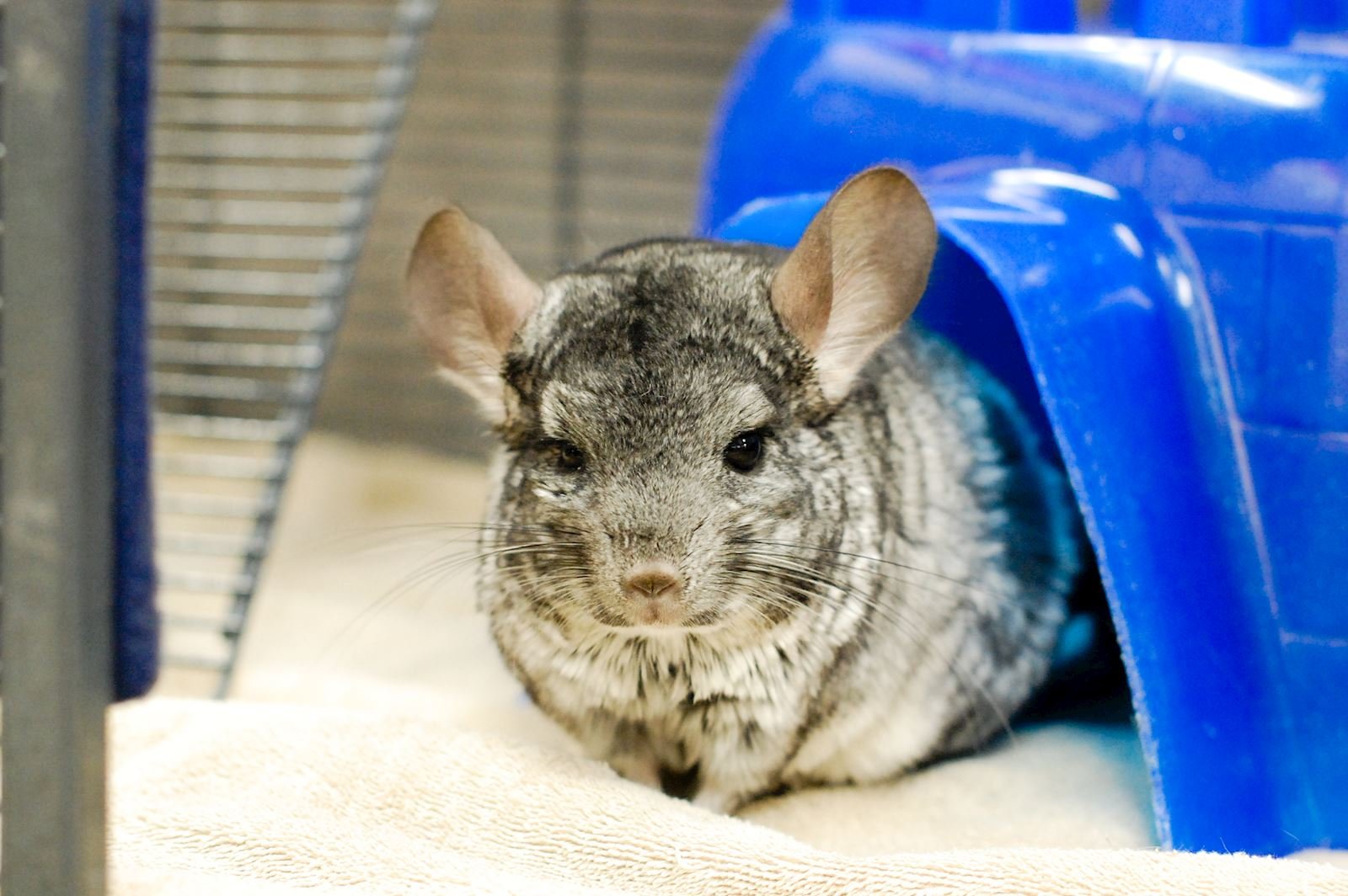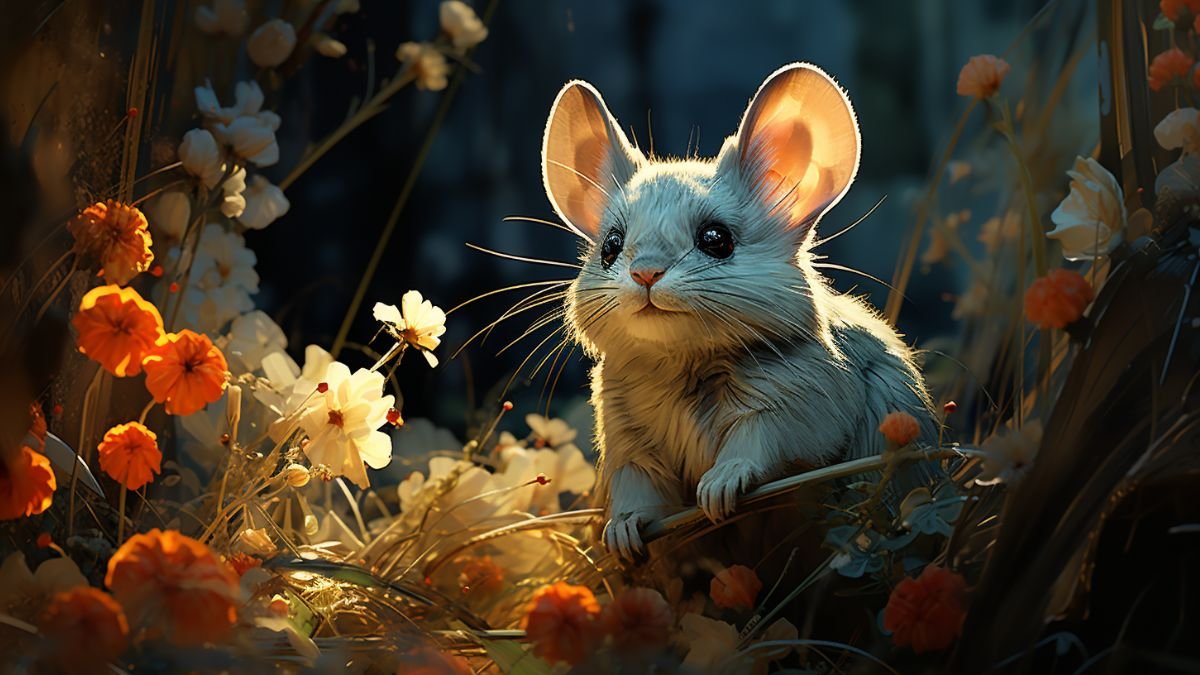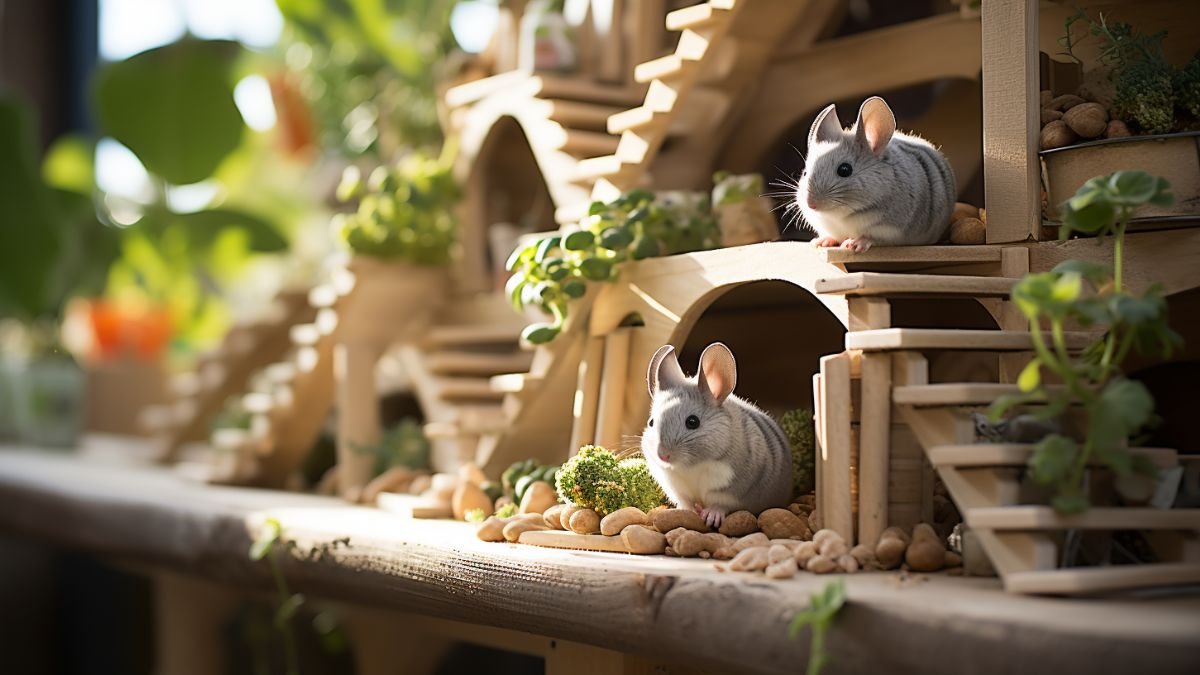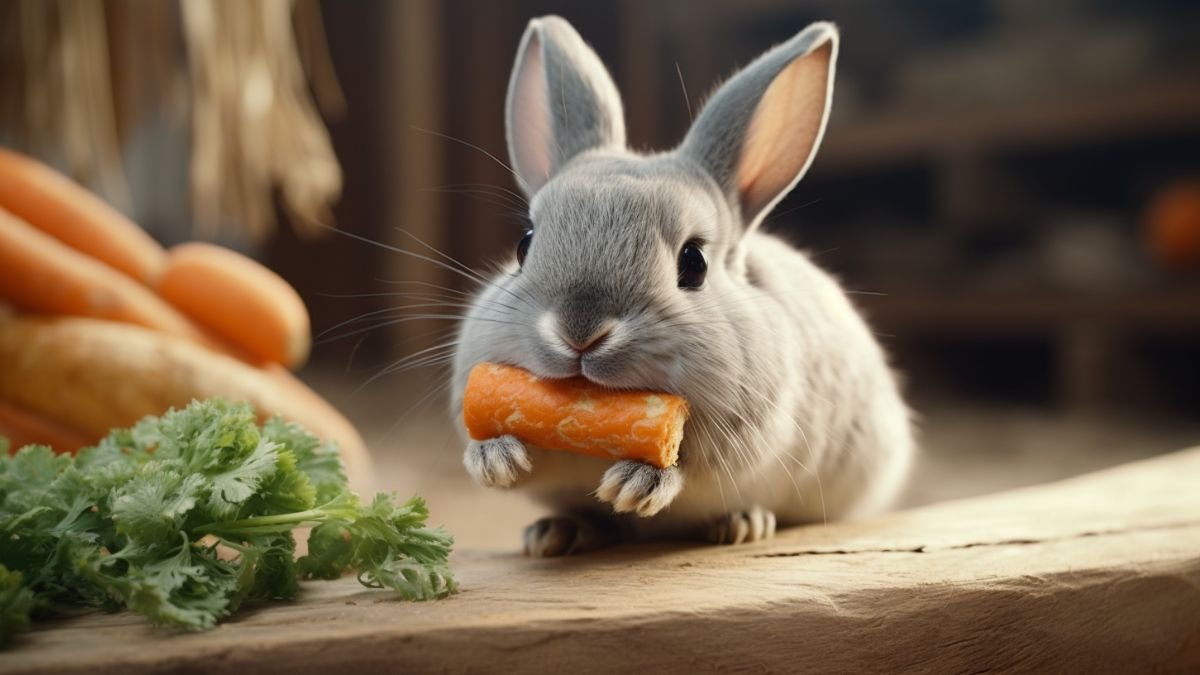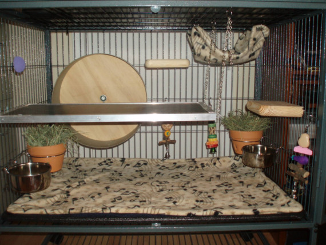
If you have a chinchilla as a pet, you know how important it is to keep their living space clean. Litter training your chinchilla can make your life much easier and create a healthier environment for your furry friend.
But how do you get started? How can you teach your chinchilla to use a litter box consistently? You’ll discover simple, effective steps to litter train your chinchilla quickly. By following these tips, you’ll save time on cleaning and enjoy a happier, fresher home for both you and your pet.
Keep reading to learn everything you need to know to succeed.
Choosing The Right Litter Box
Choosing the right litter box is key to successful litter training for your chinchilla. The box must fit your pet’s size and habits. It also needs to be comfortable and safe for daily use. Picking the best box helps make training easier and keeps your home clean.
Size And Material
Choose a litter box that is spacious enough for your chinchilla to move freely. A small box can feel cramped and discourage use. Look for boxes made of durable, chew-proof material. Plastic is common, but it should be thick and safe. Avoid sharp edges that can hurt your pet.
Chinchillas like to dig and burrow. A box with low sides helps them enter and exit easily. Deep boxes may trap urine odor. Shallow boxes make cleaning simpler and faster.
Placement Tips
Place the litter box in a quiet, calm corner of the cage. Chinchillas prefer privacy when they go. Avoid noisy or busy spots that may scare them. Keep the box away from their food and water dishes.
Check the box location daily. Make sure it stays clean and dry. A clean box encourages your chinchilla to use it regularly. Change the spot if your pet shows signs of discomfort or avoids it.

Credit: www.reddit.com
Selecting Safe Litter Types
Selecting the right litter type is key to successful chinchilla litter training. The litter must be safe and comfortable for your pet. Some litters can cause health problems or discomfort. Choosing the right material helps keep your chinchilla happy and clean.
Avoiding Harmful Substances
Not all litters are safe for chinchillas. Avoid clumping cat litters. They can cause digestive blockages if eaten. Stay away from litters with strong fragrances or chemicals. These irritate sensitive chinchilla noses and lungs. Avoid wood shavings like cedar or pine. They contain oils harmful to chinchilla respiratory health.
Popular Litter Options
Many owners use paper-based litters. They are soft, absorbent, and dust-free. Aspen wood shavings are another safe choice. They are natural and odor-controlling. Pelleted hay or alfalfa litters work well too. These mimic the chinchilla’s natural environment. Avoid dusty or scented litters to keep your pet safe.
Preparing Your Chinchilla
Preparing your chinchilla is the first step in successful litter training. It helps your pet feel calm and ready to learn. Creating a good environment and understanding your chinchilla’s habits makes training easier.
Patience and consistency are key. Start by observing your chinchilla and setting a clear routine. This builds trust and helps your pet know what to expect.
Setting A Routine
Chinchillas thrive on regular schedules. Feed and play with your chinchilla at the same times each day. This predictability helps them feel safe and relaxed.
Pick specific times for cleaning the litter box too. Your chinchilla will learn when to use it. A steady routine reduces accidents and makes training smooth.
Recognizing Natural Habits
Watch where your chinchilla tends to go to the bathroom. They often choose one or two favorite spots. Notice these areas carefully for clues.
Place the litter box in these spots. This encourages your chinchilla to use it. Understanding natural habits makes training faster and less stressful.

Credit: www.youtube.com
Introducing The Litter Box
Introducing a litter box to your chinchilla is the first step in litter training. It helps create a specific spot for your pet to relieve itself. This reduces mess and keeps the cage cleaner. Place the litter box in a quiet corner of the cage. Make sure it is easy for your chinchilla to access. Use a shallow box that fits your pet’s size. Add safe, absorbent litter like paper-based pellets. Avoid clumping or dusty litters that can harm your chinchilla’s lungs.
Encouraging Initial Use
Watch your chinchilla closely to spot when it needs to go. Gently place your pet in the litter box during these times. Repeat this often so your chinchilla learns the box is the right place. Keep the litter box clean to encourage use. Avoid moving the box around. Consistency helps your chinchilla feel secure and understand the routine.
Positive Reinforcement Techniques
Reward your chinchilla when it uses the litter box correctly. Offer a small treat or soft praise immediately. This helps your pet connect the behavior with a reward. Never punish or scold your chinchilla for accidents. Patience and kindness build trust and good habits. Positive reinforcement makes learning faster and more enjoyable for your pet.
Managing Accidents
Accidents happen during chinchilla litter training. Managing these moments calmly helps your pet learn faster. Cleaning up quickly keeps your home fresh and safe. Understanding how to handle accidents supports good habits.
Cleaning Tips
Use paper towels to soak up urine or droppings. Avoid strong cleaners that leave smells. A mild soap and water mix works best. Rinse the area well to remove residues. Dry the spot completely to prevent slips. Clean accidents right away to stop odors. This helps your chinchilla avoid the same place.
Preventing Recurrences
Watch your chinchilla’s behavior for signs of needing the litter box. Place the box where your pet likes to go. Keep the litter clean and fresh every day. Use the same type of litter your chinchilla prefers. Praise your pet after using the box. Close off areas where accidents often happen. Be patient and consistent with training routines.

Credit: www.wikihow.com
Maintaining A Clean Environment
Maintaining a clean environment is key for litter training a chinchilla. It helps keep your pet healthy and happy. A clean cage prevents bad smells and stops bacteria growth. Your chinchilla will use the litter box more often if it stays fresh and neat.
Daily Cleaning Routine
Start by removing any waste from the litter box each day. Use a small scoop or spoon to pick up droppings and wet spots. Clean up any spilled litter around the cage. Wipe down surfaces with a damp cloth to remove dust and debris. Check the water bottle and food dish for spills or dirt. A clean space makes your chinchilla feel safe and comfortable.
Replacing Litter
Change the litter fully at least once a week. Remove all old litter and wash the box with warm water. Avoid using strong soaps or chemicals that can harm your pet. Dry the box completely before adding fresh litter. Use dust-free and absorbent litter made for chinchillas or small pets. Fresh litter controls odor and encourages your chinchilla to use the box.
Troubleshooting Challenges
Troubleshooting challenges during chinchilla litter training is common. Patience and observation help solve most problems. Understanding your pet’s behavior makes training smoother. Some chinchillas may resist using the litter box at first. Identifying the cause helps you fix the issue quickly. Stay calm and keep trying different methods.
Dealing With Reluctance
Some chinchillas avoid the litter box. They might not like the box’s location or type of litter. Try moving the box to a quieter place. Use dust-free, soft litter that is safe for chinchillas. Reward your pet with treats when it uses the box. Avoid punishment as it can cause stress. Keep the box clean to encourage use. Watch for signs of fear or discomfort around the box.
When To Seek Vet Advice
Persistent litter training problems may signal health issues. If your chinchilla stops using the box suddenly, check for illness. Look for signs like changes in appetite, behavior, or droppings. A vet can rule out urinary or digestive problems. Early care prevents bigger health problems. Contact your vet if you notice any unusual symptoms. Proper health supports successful litter training.
Frequently Asked Questions
How Long Does Litter Training A Chinchilla Take?
Litter training a chinchilla typically takes 2 to 4 weeks. Consistency and patience are key. Regularly place your chinchilla in the litter box. Reward positive behavior to encourage learning. Each chinchilla may learn at its own pace.
What Type Of Litter Is Safe For Chinchillas?
Use dust-free, non-toxic, and absorbent litter. Avoid clumping or scented litters as they harm chinchillas. Paper-based or wood pellet litters work best. These options reduce respiratory risks and keep the cage clean.
Can Chinchillas Be Trained To Use A Specific Spot?
Yes, chinchillas can learn to use a designated litter box. Place the box where they frequently urinate. Move droppings into the box to guide them. Positive reinforcement helps establish this habit effectively.
How To Clean A Chinchilla’s Litter Box Properly?
Clean the litter box daily to prevent odor and bacteria. Use warm water and mild soap for washing. Avoid harsh chemicals that can harm your pet. Replace litter regularly to maintain hygiene and comfort.
Conclusion
Litter training your chinchilla takes time and patience. Start with a clean, comfy litter box in a quiet spot. Watch where your pet goes and place the box there. Praise your chinchilla when it uses the box correctly. Keep the litter box clean to encourage good habits.
Remember, accidents happen—stay calm and try again. With consistency, your chinchilla will learn quickly. Enjoy a cleaner cage and a happier pet. This simple training helps both you and your chinchilla live better together.

